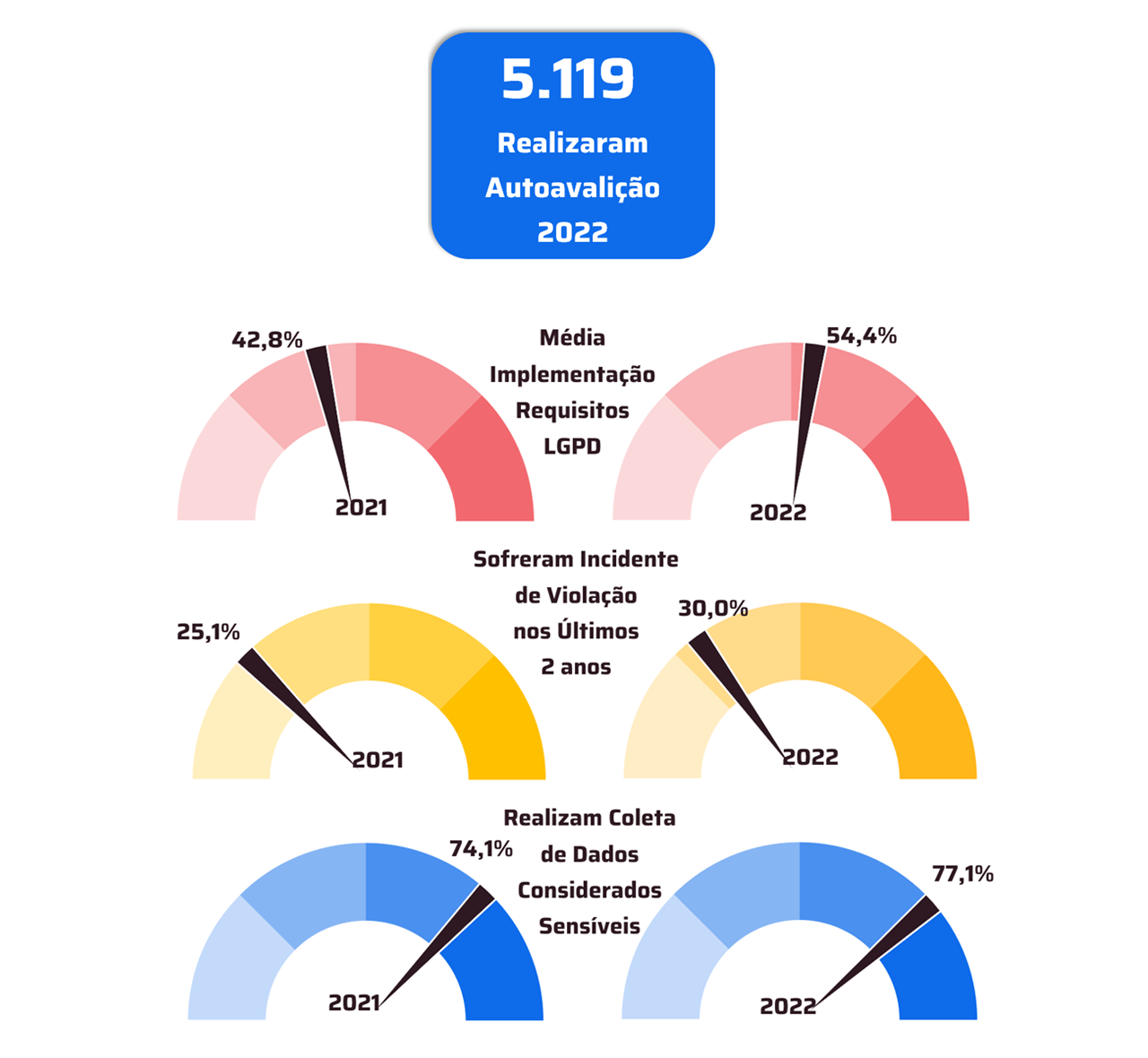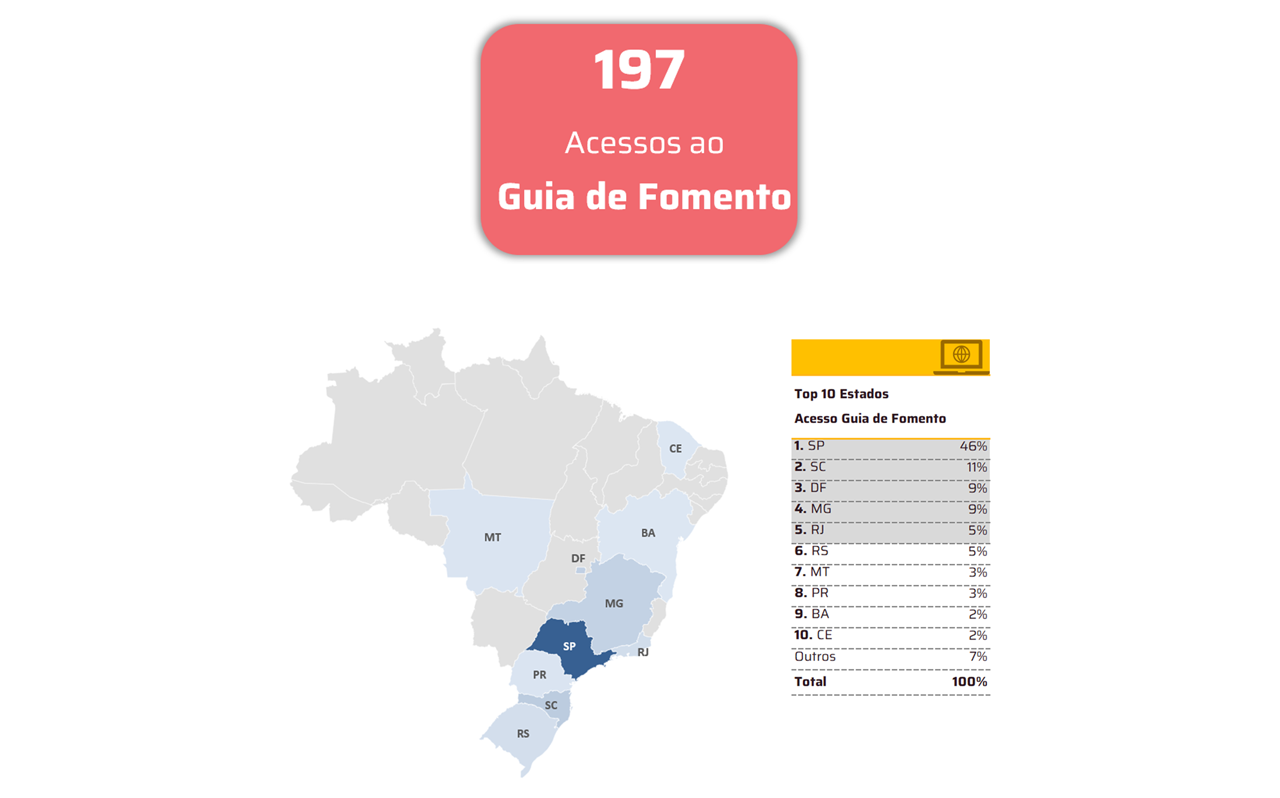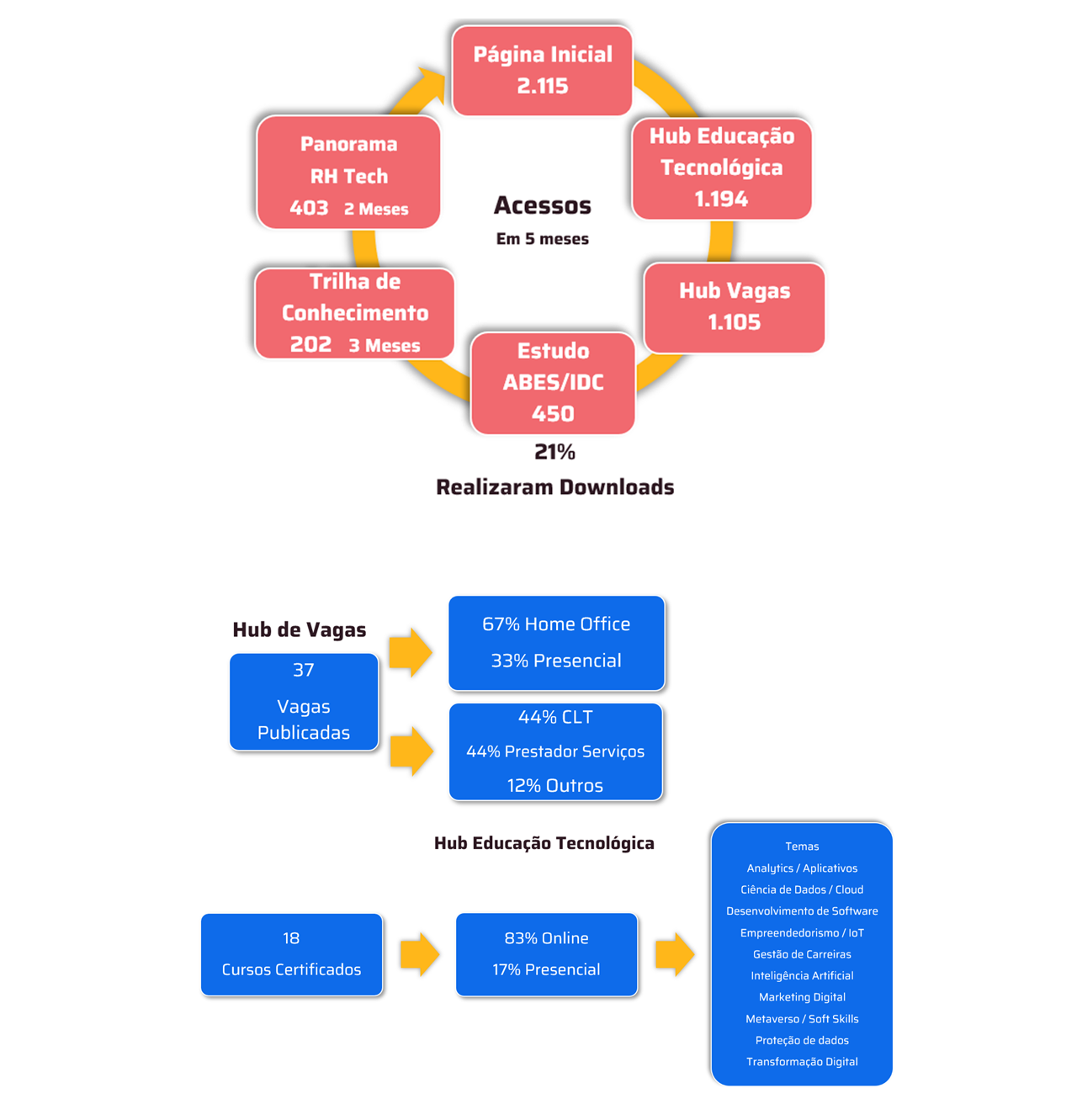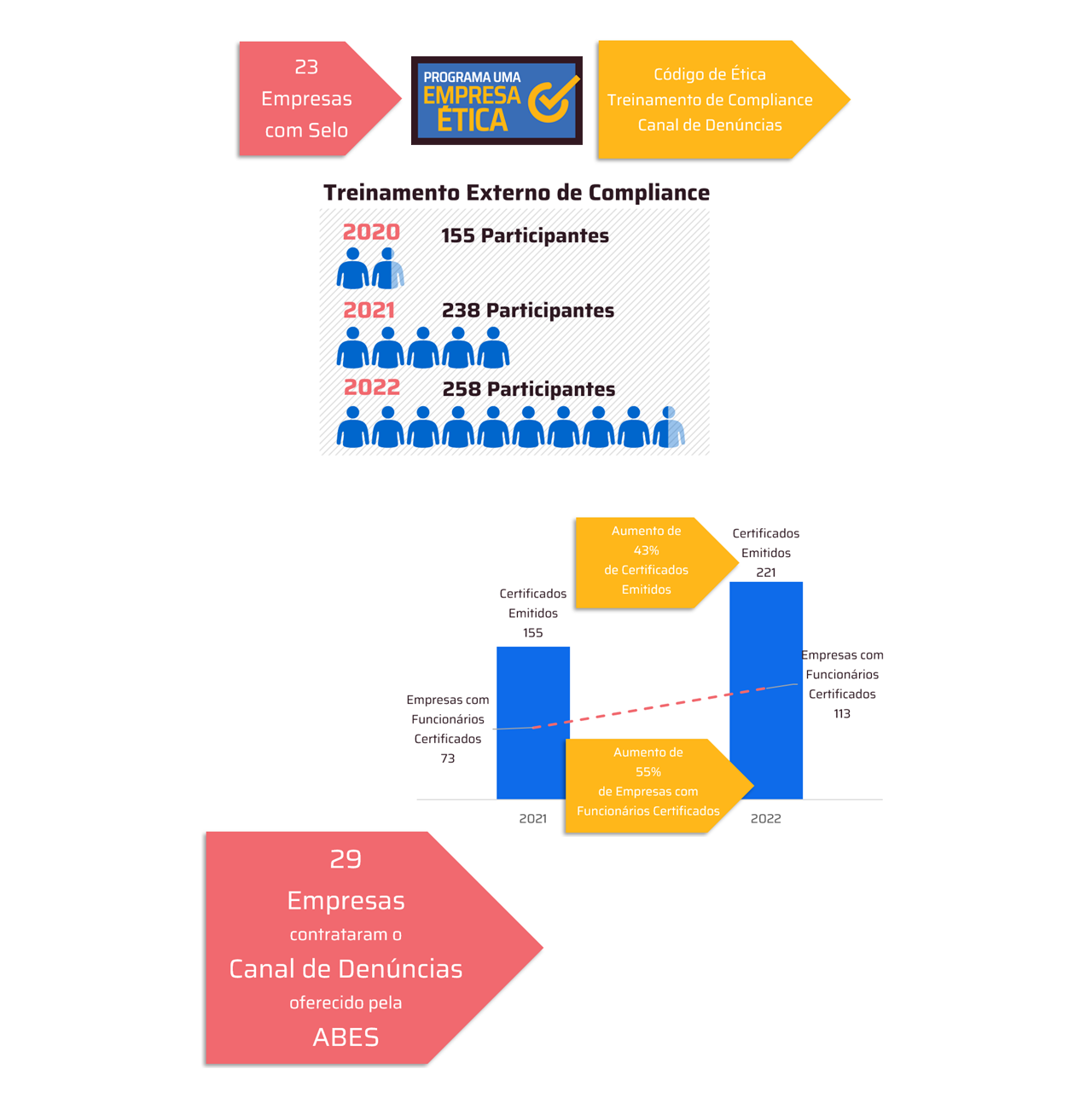Management tools play an important role in formulating and monitoring business strategies
 *By Natalia Marroni Borges
*By Natalia Marroni Borges
Artificial intelligence (AI) is rapidly establishing itself as one of the main transformative technologies of today, generating impacts across multiple sectors and different organizational units. Its transversality allows it to be applied in several areas, and its ability to fundamentally change processes, generate new business models and improve operational efficiency elevates the technology to a different level. This makes it necessary (and, why not, essential) for companies to consider AI in their strategies. In this context, management tools based on OKRs (Objectives and Key Results) and KRs (Key Results) play an important role in the formulation and monitoring of business strategies.
OKRs have been widely used by large companies such as Google, Intel, and Microsoft to align efforts toward long-term goals, while KRs provide tangible metrics that indicate progress toward those goals. In this article, we will explore some ways in which the potential of AI can be integrated into the OKR and KR setting process, giving executives a clearer vision of how this technology can become a catalyst for organizational success and a competitive advantage in the market.
OKRs (Objectives and Key Results) are a methodology used to define and track goals within an organization. An OKR is composed of two elements: the objective, which is a qualitative statement of what the company wants to achieve, and KRs, which are measurable key results that indicate the company’s progress towards that objective. Each objective should have between 2 and 5 KRs, and the results are measured regularly, usually in quarterly cycles. This methodology allows companies to align their initiatives at different levels, from high-level strategies to day-to-day operations. For example, a company might establish an OKR to “Increase customer satisfaction,” with KRs related to specific metrics, such as increasing the Net Promoter Score (NPS) or reducing response time. The operationalization of OKRs depends on a dynamic of frequent and transparent review. The progress of KRs is measured over time, and adjustments can be made as necessary. This system is widely adopted by organizations seeking focus, alignment, and transparency in their objectives. However, in a context where new technologies, such as AI, are beginning to impact expected results, there is a latent need to rethink and review these metrics so that they also reflect the new scenario.
In this sense, it is understood that the transformative potential of AI cannot be ignored by companies. Organizations that fail to consider how this technology can influence their OKRs and KRs run the risk of losing competitiveness. This is not just a question of technological optimization, but rather a strategic transformation. AI is capable of drastically improving operational efficiency, data analysis and even service personalization, with tremendous potential to directly impact the company's results. Therefore, more is expected than simply adding technology to the operational mix, since AI's potential is to transform the way objectives are achieved or even how they are formulated.
This is why the introduction of AI into OKRs is so important and can take many forms, depending on the company’s level of maturity with the technology. Executives must take on the role of identifying where AI can add value. This may mean establishing specific OKRs focused on AI initiatives or evaluating how AI can influence existing KRs. Neglecting this analysis can result in significant missed opportunities, while the company remains stagnant in an increasingly competitive market. At large companies such as Amazon and IBM, AI is already being used to redefine strategic objectives, showing that this technology must be at the center of corporate strategy.
One of the most direct ways to incorporate AI into organizational strategy is by setting AI-specific OKRs. Executives can create objectives focused on implementing or expanding AI within the organization. These OKRs can include goals for automation, cost reduction, or even the creation of new AI-based products. For example, an objective might be “Lead innovation with AI in the industry,” with KRs such as “Implement AI in 5 key processes by the end of the year” or “Reduce operational costs by 15% through AI automation.” By deciding to set OKRs focused directly on AI adoption, the organization places the technology as a strategic priority, ensuring that resources and efforts are allocated to driving the use and value creation of the technology.
This approach has significant practical implications: By focusing on AI-specific OKRs, companies become intentional about their adoption of the technology. And AI adoption isn’t just about installing new technology tools; it requires staff training, process adjustments, and often significant cultural changes within the organization. Challenges such as the need for new specialized talent, cultural shifts, and risks associated with implementing emerging technologies should be on the radar. As such, executives who choose this approach need to assess whether their organizational structure is ready to ensure alignment between IT, operations, and the business to maximize the impact of AI on the bottom line.
Another approach that can help bring AI and organizational strategy closer together is to revisit existing OKRs, identifying which KRs can be directly influenced by AI. In this case, the company does not create new OKRs, but analyzes how AI can optimize or transform established key results. For example, a KR related to customer response time can be directly impacted by implementing generative AI in chatbots, significantly reducing wait times and improving customer satisfaction.
Ideally, executives should conduct this exercise intentionally and strategically, mapping out the KRs that are being influenced and then making decisions about how AI can be integrated most effectively, depending on the extent to which the technology is influencing the organization’s KRs. This process involves creating an action plan for implementing AI in the mapped processes, followed by periodically reassessing the results to ensure that the technology is, in fact, positively impacting the KRs. One advantage of this specific approach is that it allows for a more gradual integration of AI, mitigating risks and enabling actions already guided by a more predictable ROI.
The role of executives in incorporating AI into organizational strategy is both indisputable and necessary. They are responsible for first recognizing and then ensuring that AI is viewed not just as a technology tool, but as a key element of the company’s strategic success. Decisions about how AI can transform business outcomes need to be based on careful and deliberate analysis and cannot be left to chance.
In this sense, adopting an active stance in defining OKRs focused on AI or assessing the impact of technology on existing KRs are approaches that help to make the organization strategically prepared to capitalize on the opportunities brought by AI. In any case, it is worth noting that each of these approaches requires commitment in terms of resource allocation and organizational changes to ensure that the technology delivers the expected impact. The responsibility of executives is to ensure that this process is continuous and dynamic, adjusting the strategy as necessary so that AI truly becomes a competitive differentiator.
Furthermore, conscious reflection on the role of AI in strategy can prevent a company from reacting passively to technological transformations. Proactive adoption of AI, aligned with strategic objectives, not only tends to improve the organization’s competitiveness, but also creates a solid foundation for continuous innovation.
Ultimately, as companies move forward with AI adoption, clarity about the technology’s potential impact and value creation on business goals must be at the heart of strategic decisions. The success of this approach depends, in part, on leaders’ ability to identify, assess, and align the opportunities AI offers with the company’s OKRs, creating a synergy that ensures more than survival: continued growth in an AI-driven world.
*Natália Marroni Borges is a researcher at the ABES Think Tank, a member researcher at the IEA Future Lab group (linked to the Federal University of Rio Grande do Sul – UFRGS), a postdoctoral fellow in Artificial Intelligence and Foresight and a professor at UFRGS.
Notice: The opinion presented in this article is the responsibility of its author and not of ABES - Brazilian Association of Software Companies
Article originally published on the IT Forum website https://itforum.com.br/colunas/ia-estrategias-organizacionais-okrs-krs/













